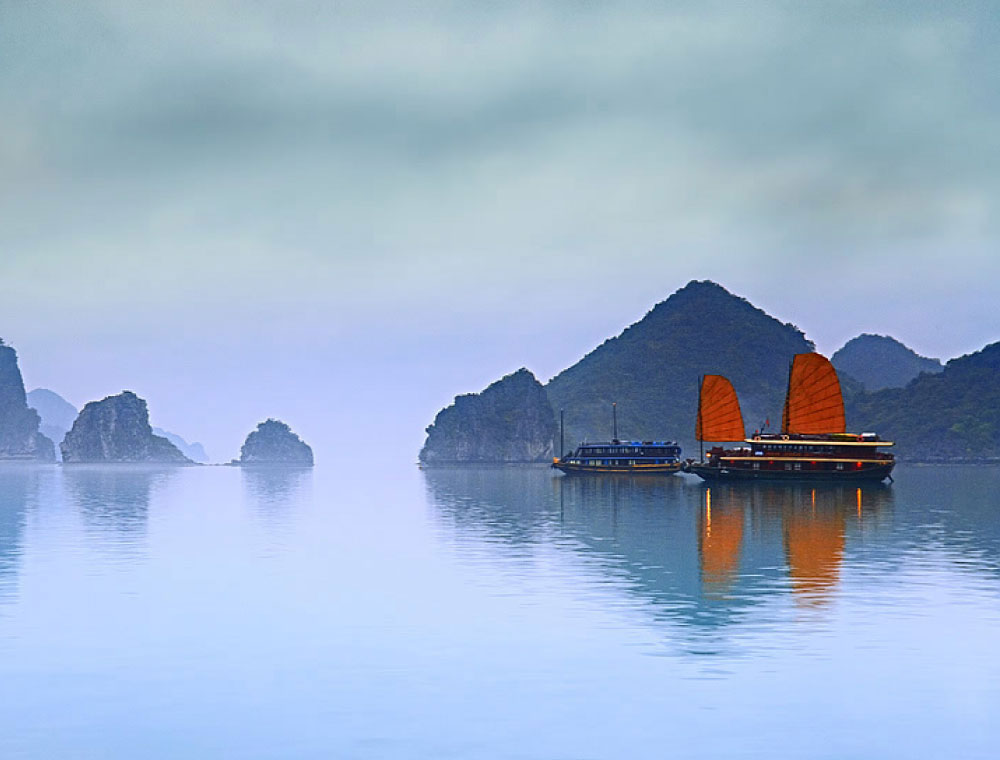WEEKLY MINORITY MARKETS
This cultural activity has a long history and is still significant in the modern life of the minority people. The market is an attractive place for visitors who are keen on exploring traditional cultures.
MOUNT FANSIPAN
Indochina's highest peak, Mount Fansipan is only 9km from Sapa town and climbing to its summit is one of Asia's most challenging adventures. The trek takes visitors through tiny remote villages and areas of rainforest.
MOUNT HAM RONG
Lied close to Sapa Town, it's nearly 2,000m high and looks very much like the dragon's head in the clouds. Visitors to Ham Rong have chances to climb up the San May (Cloud Yard) to enjoy the panorama of Sapa Townlet, visit the orchid gardens with beautiful and colorful flowers. In addition, Ham Rong Mountain has numerous caves and stones in extraordinary shapes.
HILLTRIBE VILLAGES
(Ta Phin, Ta Van, Lao Chai, Sin Chai, Y Linh Ho, Ma Tra, Cat Cat)
Shorter treks are also very rewarding, and within just a few hours walkers can be in villages that have seen few foreigners. The hill-tribe peoples in this area of Vietnam wear colorful traditional dress as a matter of daily routine and all follow their traditional agricultural way of life which has remained unchanged for centuries. The various ethnic peoples are relatively easy to identify due to their attire. For example the H’mong wears dark clothing, usually blue or black. The dye is fashioned from the indigo or hemp plant that is native to the area. H’mong women wear long aprons with embroidered waistcoats and have their hair rolled up into a turban-like hat, whilst the men wear a black skullcap, long waistcoat and loose trousers. Another equally distinctive minority are the Dao (pronounced Zao). Dao women are particularly striking as they shave their hair and eyebrows and wear a large red turban often covered with old coins or jewelry.
HEAVEN GATE - TRAM TON PASS
The incredible road between Sapa and Lai Chau crosses the Tram Ton Pass on the northern side of Fansipan, 15km from Sapa. At 1900m this is the highest mountain pass in Vietnam. Even if you are not planning to carry on around the northwest, it is well worth coming up here to experience the incredible views from the top of this pass. Descend by mountain bike before returning by truck or rent a motorbike to make the short hop to the new Tarn Duong (Binh Lu). This is a truly spectacular ride.
